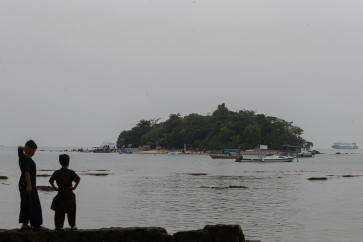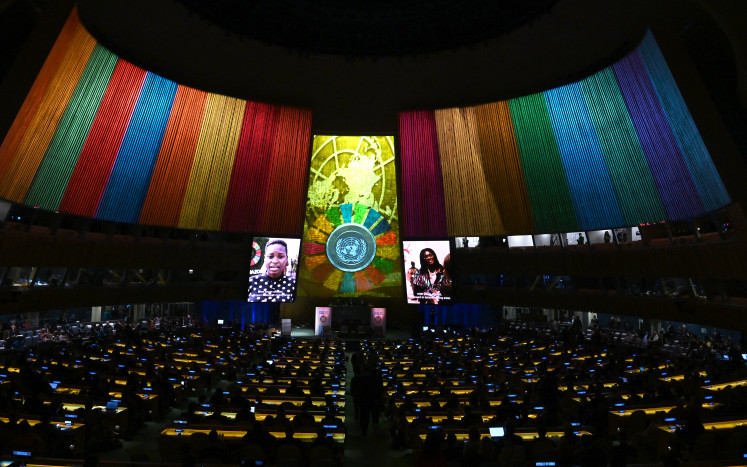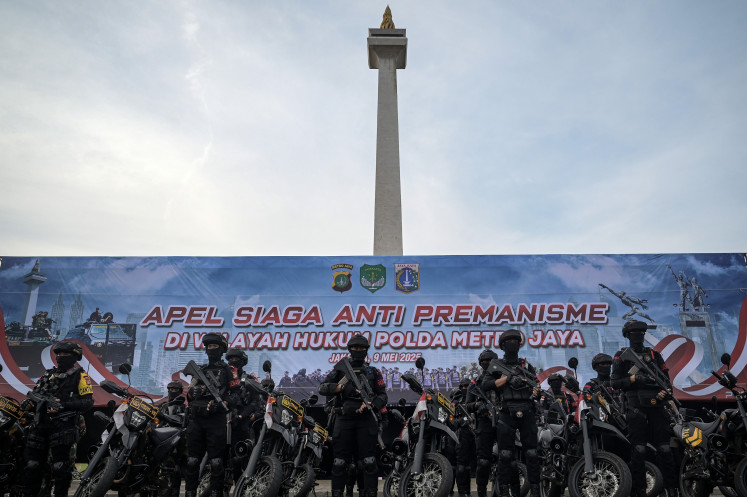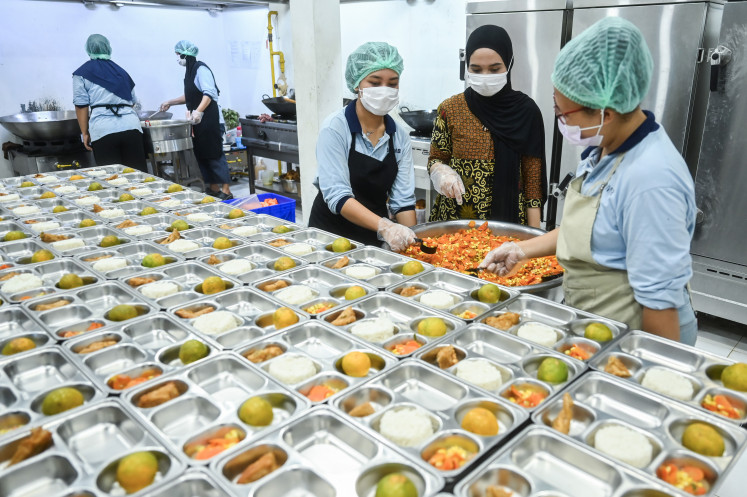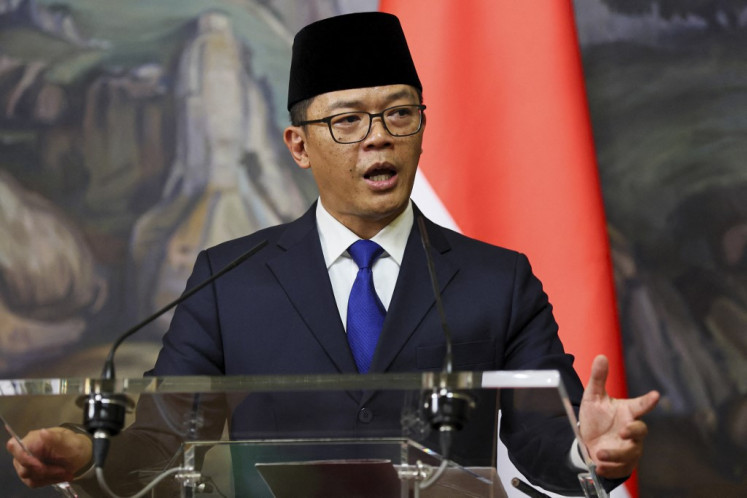Popular Reads
Top Results
Can't find what you're looking for?
View all search resultsPopular Reads
Top Results
Can't find what you're looking for?
View all search resultsThe blind spot of Indonesian agriculture
The low welfare of farmers is a result of their meager earnings and market failure, which leaves Indonesian farmers with the least bargaining power in the value chain.
Change text size
Gift Premium Articles
to Anyone
 A farmer harvests rice with a machine in Renon, Denpasar, Bali, on March 9, as part of the Agriculture Ministry’s “great rice harvest from a million hectares of farms” , a nationwide campaign to boost domestic rice production. (Antara/Nyoman Hendra Wibowo)
A farmer harvests rice with a machine in Renon, Denpasar, Bali, on March 9, as part of the Agriculture Ministry’s “great rice harvest from a million hectares of farms” , a nationwide campaign to boost domestic rice production. (Antara/Nyoman Hendra Wibowo)
Undoubtedly, agriculture is vital to Indonesia as a country. President Soeharto was an ardent proponent of advancing Indonesian agriculture. Today, agriculture is the second-highest gross domestic product contributor (13 percent) after manufacturing and employs 29 percent of the Indonesian workforce.
Despite these crucial facts, the struggles of the agriculture sector continue to haunt the country. A big question mark always hovers over the government's agriculture import decisions. The repeated knee-jerk policy reactions over the "believed low stockholding" in rice and the annual phenomenon of chili price spikes further add to the challenges. The same old political campaign promises for better farmer welfare conditions have proven empty.
The situation is exacerbated by 73 percent of Indonesian farmers having no more than an elementary school education. As the last straw, according to our estimates, Indonesian rice farmers earn a meager average monthly income of Rp 1.4 million (US$93), 22 percent less than the lowest minimum wage in the country.
It is also necessary to conduct a comparative analysis across various parameters to objectively appraise Indonesia's progress vis-à-vis those countries that are more advanced, slightly more advanced and slightly below Indonesia.
The first aspect to look at is the farmland size. Indonesia has a larger total agriculture area than Thailand and Vietnam. Yet, according to our estimates, Indonesia has the smallest average farm size per farmer (0.5 hectares) than Thailand (4 ha) and Vietnam (0.63 ha).
Theoretically, a small farm size presents a significant obstacle to farmers' earnings. Nevertheless, Indonesia is on par with most selected benchmark countries, specifically rice, on yield per hectare. While with other staple food crops, Indonesia falls in the middle of the pack.
A nation's ultimate agricultural progress metric is the self-sufficiency rate (swasembada). According to the Food and Agriculture Organization (FAO), if a country's production meets 90 percent of domestic consumption, it is deemed self-sufficient. Indonesia's rice crop category has reached this milestone. Furthermore, the International Rice Research Institute (IRRI) has awarded Indonesia for achieving Agri-food System Resiliency and Rice Self-Sufficiency for 2019-2021.


